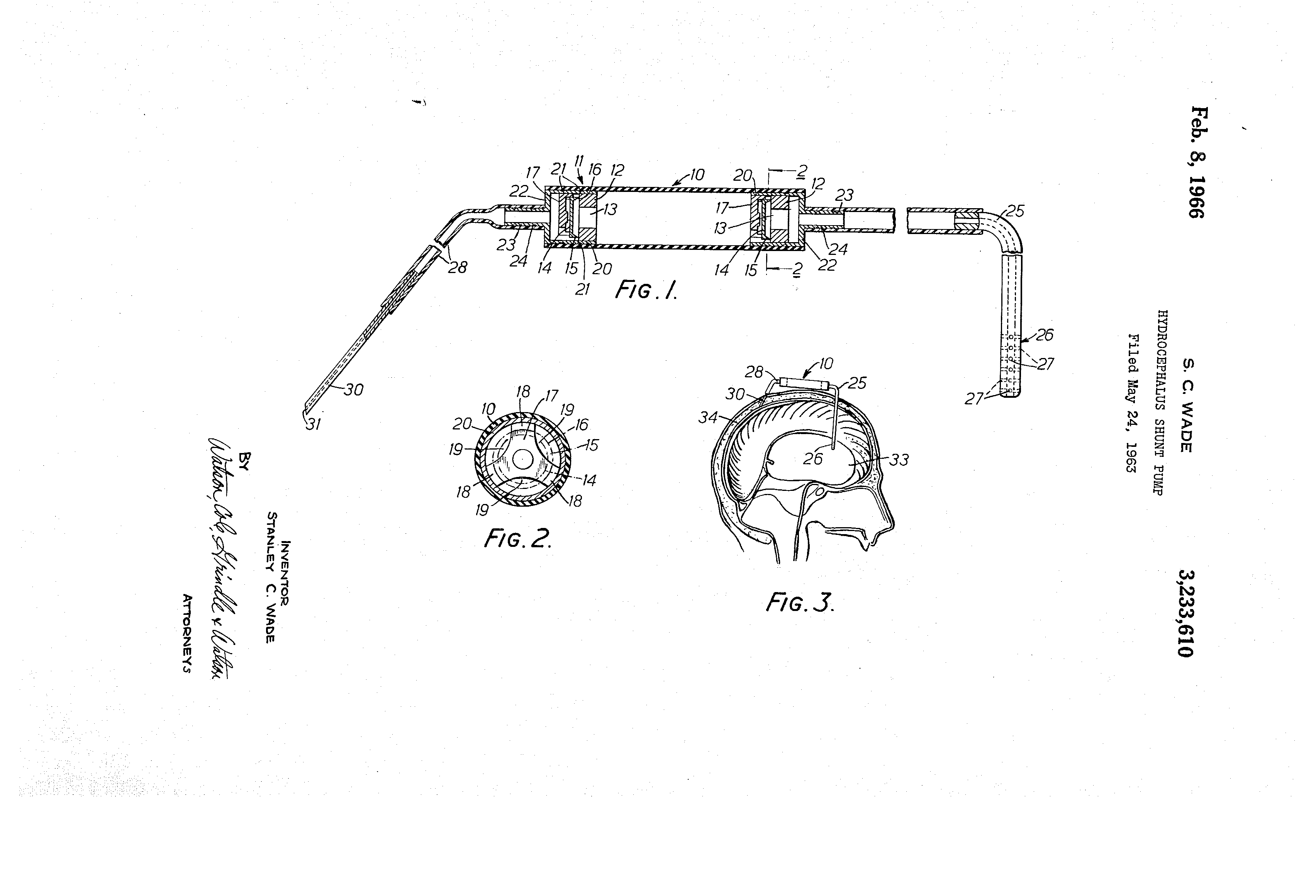Dr. Kumar’s Take
In 1960, Roald Dahl’s 4-month-old son Theo suffered a devastating head injury in New York City. The resulting hydrocephalus led to repeated shunt failures - sometimes just days apart. Frustrated with existing valve technology, Dahl decided to do something extraordinary: partner with Britain’s first pediatric neurosurgeon, Kenneth Till, and retired toymaker Stanley Wade to create a better solution.
The result was the Wade–Dahl–Till (WDT) valve, a stainless steel, low-pressure, easily sterilized shunt that helped thousands of children worldwide. It was affordable, designed with global accessibility in mind, and stood as a testament to what can happen when curiosity meets determination.
Key Takeaways
✔ The WDT valve was a leap forward in hydrocephalus treatment, reducing blockages common in earlier designs.
✔ Its affordability and nonprofit production model allowed it to reach children in developing countries.
✔ Dahl’s celebrity helped bring attention to hydrocephalus, spina bifida, and pediatric neurosurgery.
Actionable Tip
Never underestimate the value of collaboration across fields. Breakthroughs often happen when experts and outsiders combine perspectives.
Brief Summary
After Theo’s injury, Dahl encountered valve designs like the Spitz–Holter and Pudenz systems, both prone to obstruction. Seeking an alternative, he joined forces with Till and Wade. Wade’s precision engineering background from making hydraulic toy engines proved crucial - his prototypes resisted clogging and were easy to sterilize.
Trials began in 1962, with British and American neurosurgeons testing the valve in both animal models and patients. By 1964, Till published the results in The Lancet, reporting encouraging outcomes in 40 patients. The valve’s low cost (about $21 at the time) was intentional, with profits redirected to the Children’s Research Fund at Great Ormond Street Hospital.
Though later replaced by newer designs due to overdrainage risks, the WDT valve was implanted in an estimated 3,000–5,000 patients and marked a pivotal moment in shunt technology.
Lessons from the WDT Valve Story
- Identify the real bottleneck - Dahl zeroed in on the valve as the problem, not the surgical skill.
- Bring in unconventional talent - a toymaker’s microengineering skills changed neurosurgical hardware.
- Think globally from the start - cost and accessibility were built into the design.
Related Content
Read about Roald Dahl’s Unlikely Medical Breakthroughs
Hear the full story of Dahl, Wade, and Till - and how this unusual team changed neurosurgery - on the Dr. Kumar Discovery Podcast: Listen here


